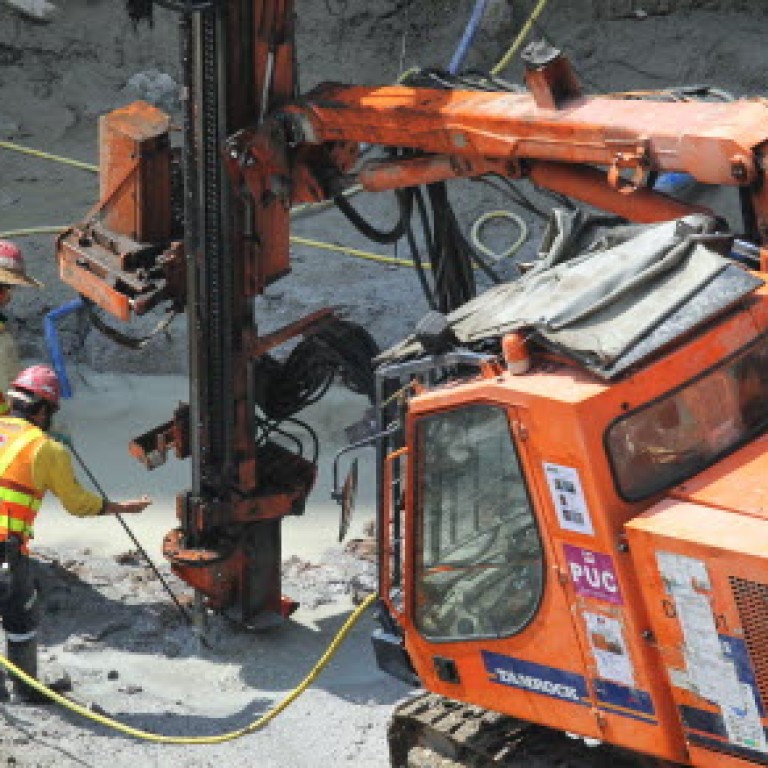
Keep infrastructure spending steady, construction boss urges government
Gammon's Thomas Ho says strategic plan for infrastructure would counter boom-bust cycle
"Hong Kong's construction industry is always in a boom-and-bust cycle," said Thomas Ho On-shing, chief executive of Gammon Construction.

Spending has rebounded in recent years, and the government is expected to outlay HK$80 billion this year.
"I hope the government has a strategic plan for infrastructure to avoid big fluctuations in the construction industry. The construction projects should increase gradually in the coming 10 years," he said.
The industry's fluctuating fortunes in the 1990s contributed to the current problems of a labour shortage and an ageing construction workforce, Ho said.
"Since there was a lack of construction work after 1997, everyone was struggling to survive," he said. "No one would spend time to train new workers."

"For example, MTR Corp is building five new railway projects and needs 18,000 workers. But they have 14,000 workers only."
Firms have to pay more to hire workers, which increases construction costs, Ho said.
"The construction cost for building residential property is about HK$4,000 per square foot," he said. "Including the land price, developers have to sell the flats for prices ranging between HK$10,000 and HK$12,000 per square foot. It is difficult for the general public to afford flats."
Ho said the government should adopt policies to curb the growth in construction cost.
The government has shortened the process of importing labour to six months from between seven and 12 months previously.
"We need three months to hire and train the workers," he said. "So it still takes nine months to get an overseas worker to the site. I hope the government can shorten the process to three months only."
But in the long run, the government should train more local workers, Ho said.
"It is true that the Construction Industry Council is training workers. But their six-month training programme can provide semi-skilled workers only," he said. "You won't hire semi-skilled workers to renovate your flat, right? We should take three to four years to train skilled workers."
The industry pays about HK$500 million in levies every year to the council for worker training. "They could get a total of HK$2 billion in four years. There's no reason that their training can't supply fully skilled workers," Ho said.

